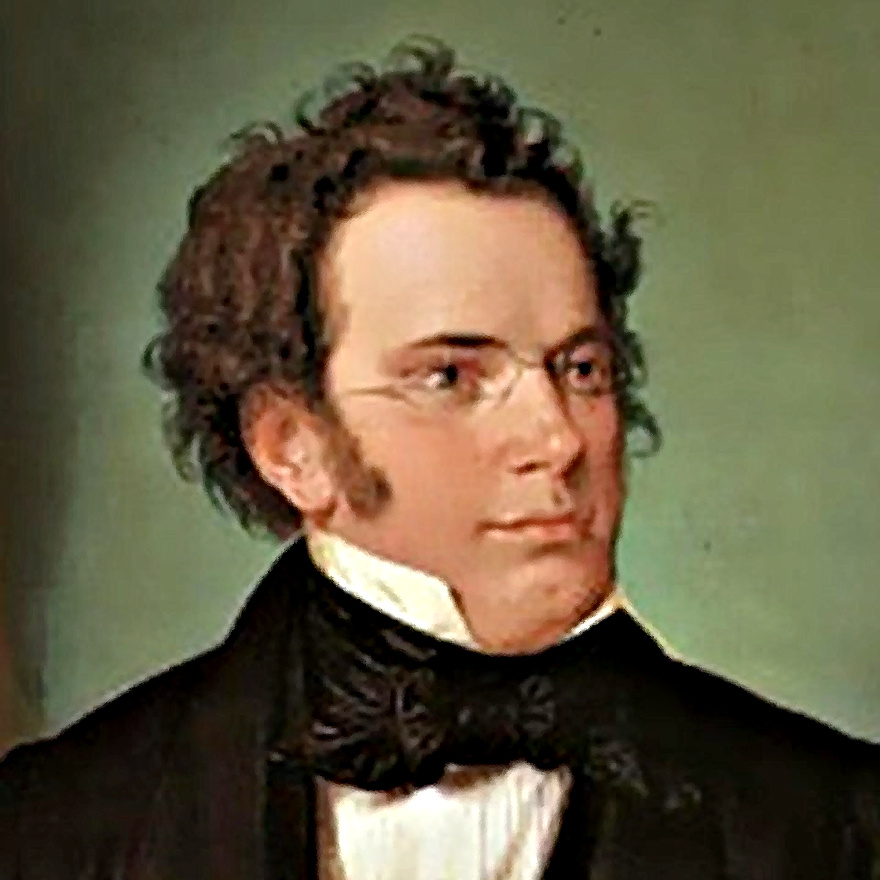20 Jahre Edition Kloster Maulbronn
Die schönsten Konzert-Höhepunkte
aus dem Kloster Maulbronn 1999
50 Jahre Klosterkonzerte Maulbronn
Jubiläums-Reihe, Teil 2
Höhepunkte aus:
Franz Schubert: Streichquartett Nr. 14 "Der Tod und das Mädchen" (3. Juli 1999)
Franz Danzi: Bläserquintett in G-Moll, Op. 56, Nr. 2 (4. September 1999)
Georg Friedrich Händel (1685-1759): Samson, HWV 57 (25. & 26. September 1999)
Der Chor-Publikation: "Die Tradition der Stundengebete" (Oktober 1999)
Konzertmitschnitte aus dem UNESCO-Weltkulturerbe Kloster Maulbronn
HD-Aufnahme · DDD · Spielzeit: ca. 100 Minuten
Digitales Album (hier: MP3/320kBit/sec.) · 23 Tracks · incl. Booklet




